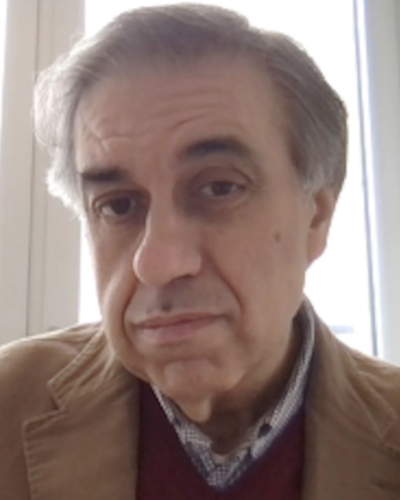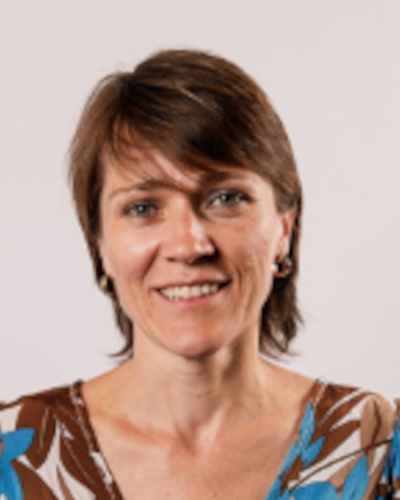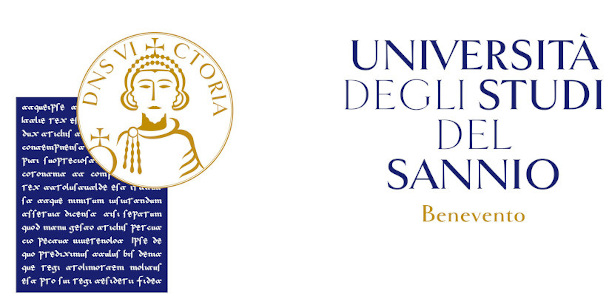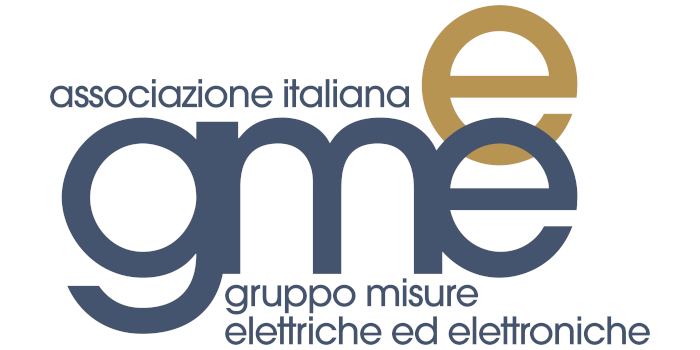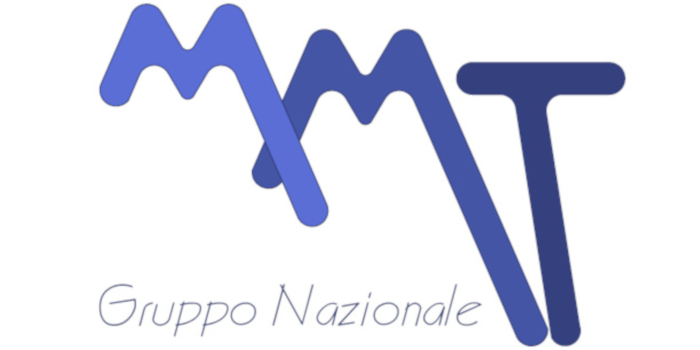SPECIAL TRACK
Concepts and Technologies for Next-generation Integrated Terrestrial–Non-Terrestrial Networks (CONNECT)
Second edition: Space communications and networking as the “glue technology” for a sustainable global ubiquitous connectivity
ORGANIZED BY
Claudio Sacchi
University of Trento, Italy
Chair
Giulia Buttazzoni
University of Trieste, Italy
Co-chair
MOTIVATION
6G standards target the global ubiquitous connectivity as an imperative objective. Terrestrial networks, although characterized by a very large diffusion everywhere, cannot fulfill such an ambitious target due to their intrinsic local nature. Moreover, as pointed out by the main organization for international cooperations, the digital divide is an emergency that must by faced in the short term, because the limited number of bit/sec/caputs available in Third World countries represents a serious impairment to the economic and social development.
In such a framework, satellite and, more in general, non-terrestrial networks (NTNs) play a central role. Modern NTNs configure a Space ecosystem, where various communication payloads, orbiting at various altitudes, cooperate in synergy to support terrestrial networks as a pillar providing resilient and ubiquitous connectivity with a low cost of deployment and exercise. NTNs are hierarchical structures where highest-orbit nodes provide the widest coverage, while lowest-orbit nodes provide the highest capacity and the lowest latency. The sky interconnection of different nodes (particularly, between satellites) configures a kind of “global Space mesh” that can work as “backbone in the sky”, complementing and even replacing terrestrial fiber-based backbones.
It is evident that the challenges to be faced by R&D are big and multifaceted. Old “broadcasting-based” paradigms of NTNs should be reconsidered to pave the way to an integrated ecosystem capable at seamlessly integrating with the terrestrial communication ecosystem.
The second edition of the special track CONNECT (the first one has been held during the 2025 IEEE MetroAeroSpace Workshop in Naples) is particularly focused on innovative concepts of efficient, secure and energy-aware interconnection of heterogeneous Space nodes with terrestrial nodes, where Space communications and networking are regarded as the “glue technology” integrating connectivity segments orbiting at different altitutes into a unified space-terrestrial infrastructure. A particular accent is placed on the sustainability, as the target of global coverage must be tackled without consuming new resources in the Space, but, first, recycling (ad upcycling) the existing one in efficient manner.
SCOPE AND TOPICS
CONNECT track aims at collecting scientific contributions dealing with the latest developments of NTNs in a global interconnected Space ecosystem. The contributions will be in form of oral presentations, poster presentations and demos. A non-exhaustive list of the track topics is given as follows:
- Innovative methodologies for antenna design in Space environments.
- Array techniques and beamforming for Space communications.
- Advanced waveform design for NTNs.
- SDR, SDN and NVF for full-software NTN deployment.
- Reconfigurable metasurfaces for NTNs.
- AI and machine learning for intelligent NTNs.
- Interconnected satellite constellations.
- Routing techniques for 3D multi-layer networks.
- Seamless integration of terrestrial and non-terrestrial networks.
- 3D NTN networks in the framework of ongoing and future standards (5G and 6G).
- Architectures and technologies for 5G/6G verticals via NTN.
- Sustainability-by-design for future NTNs.
- Navigation-communication integrated systems and applications for NTNs.
- Information security in NTNs.
- Quantum communications for NTNs.
- NTNs for digital-divide mitigation.
- NTNs for emergency recovery in extreme environments.
- NTNs in the framework of forthcoming and future standardization process (6G and beyond).
TRACK FORMAT
The special track will be organized in intensive modality, indicatively in a single conference day. It will consist of:
- Two keynote speeches held by top-level speakers coming from academy and/or industry.
- Two oral sessions.
- One poster and demo session.
TRACK AWARD
The best paper of the track will be awarded.
ACKNOWLEDGMENTS
The research activities that will be presented in this event fall within the field of interest of the IEEE AESS technical panel on Glue Technologies for Space Systems.
ABOUT THE ORGANIZERS
Claudio Sacchi (Senior Member, IEEE) was born in Genoa (Italy) in 1965. He received the “Laurea” degree in Electronic Engineering and the Ph.D. in Space Science and Engineering from the University of Genoa, Italy, in 1992 and 2003, respectively. From 1996 to 2002, he was a Research Cooperator with the Department of Biophysical and Electronic Engineering (DIBE), University of Genoa, and with the National Italian Consortium in Telecommunications (CNIT), managing project activities in the field of multimedia surveillance systems and satellite communications. In August 2002, he joined the Department of Information Engineering and Computer Science (DISI), University of Trento, Italy, as an Assistant Professor. He was promoted to Associate Professor in December 2020. He has authored and coauthored more than 140 papers published in international journals and conferences. He is a member of the IEEE ComSoc, IEEE BTS, IEEE VT, and IEEE AESS. Since 2019, he has been coordinating and chairing the IEEE AESS technical panel: “Glue Technologies for Space Systems” that was awarded by AESS as “Outstanding Panel of the Year” in 2020 and 2021. Since January 1st, 2023, Claudio Sacchi has got double affiliation with UNM as Research Professor. His main research interests are related to emerging satellite and aerospace communications and broadband mobile communications in 5G and 6G systems, software defined radios, emergency communications, mm-wave transmission in terrestrial and satellite applications.
Giulia Buttazzoni (Senior Member, IEEE) received the M.Sc. degree (summa cum laude) in telecommunication engineering and the Ph.D. degree in information engineering from the University of Trieste, Trieste, Italy, in 2008 and 2013, respectively. In 2014, she joined the Department of Engineering and Architecture (DIA) of the University of Trieste, where she is currently an Associate Professor in electromagnetic fields and antennas. Her main research activity concerns antenna array synthesis techniques and numerical methods for electromagnetic fields. Prof.. Buttazzoni is a member of the Italian Electromagnetics Society (SIEM) and the National Inter-University Consortium for Telecommunications (CNIT).

